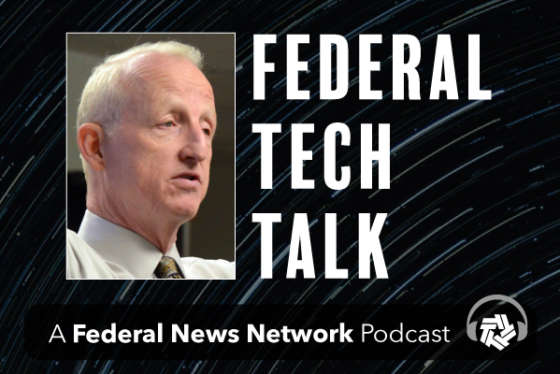
Understanding the dark web
This week on Federal Tech Talk, John Meyer, vice president, Defense Products at Peraton, joins host John Gilroy for a wide ranging discussion of the surface web...
Best listening experience is on Chrome, Firefox or Safari. Subscribe to Fed Tech Talk’s audio interviews on Apple Podcasts or PodcastOne.
The Dark Web is a topic that should be of interest to federal information professionals. This week on Federal Tech Talk, John Meyer, vice president, Defense Products at Peraton, joined host John Gilroy to give listeners a better grasp of terms like the surface web, deep web, and the dark web.
Even people with a pretty good knowledge of the web will be shocked to learn that 95% of data today is not indexed and ranked by Google. This includes information that is behind a username and password. Think about medical records and financial information. Some would call that the deep web. Meyer likes to refer to an iceberg — most of the data is underwater.

Separate from this is something called the Dark Web, where information about drugs, money laundering, and other nefarious activities are conducted. One way to navigate is with a service called The Onion Router (TOR). This is a concept that originated in the federal government to give people to communicate securely.
The Dark Web is an extremely dangerous place to be and should only be used by a trained professional.
Meyer suggests that one uses a virtual machine when even on the Dark Web.
What does this mean to federal IT professionals? Well, if you work for agencies with three letters in them, it is obvious. However, ways to cheat the tax system are on the Dark Web as well. It would make sense for an agency like the IRS to at least have a monitoring presence on the Dark Web.
Meyer’s company offers a product called Tornado that can assist well-trained professionals monitor activities on the Dark Net.
Copyright © 2024 Federal News Network. All rights reserved. This website is not intended for users located within the European Economic Area.





